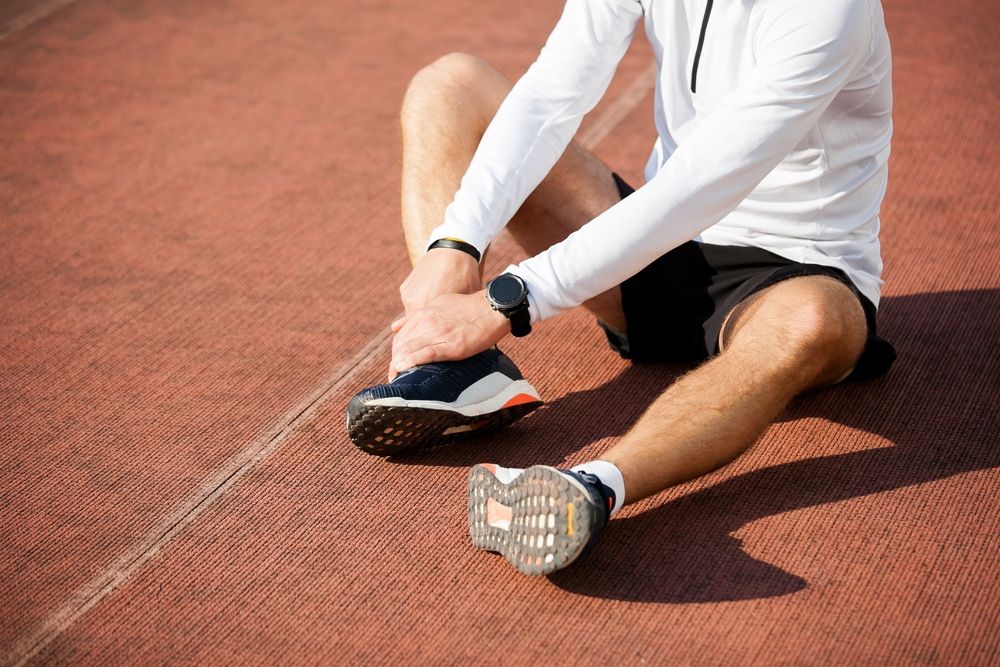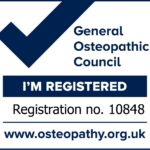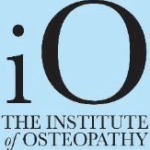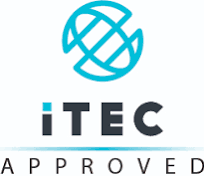As a physiotherapist, osteopathy or sports therapist or other healthcare professional, you know that running injuries are all too common among your clients. From shin splints to plantar fasciitis, these injuries can be frustrating and debilitating for your patients, hindering their ability to enjoy the activities they love. But what if there was a treatment that could accelerate healing and reduce pain, without the need for invasive procedures or extended downtime? Enter shockwave therapy.
By utilising radial and focused shockwaves, this evidence-based therapy has been shown to effectively treat a range of running injuries, helping patients get back on track faster than ever before. In this post, we’ll explore the benefits of shockwave therapy for running injuries and how it can revolutionise the way you treat your patients.
Let’s take a closer look at how it can help your patients get back to running faster.
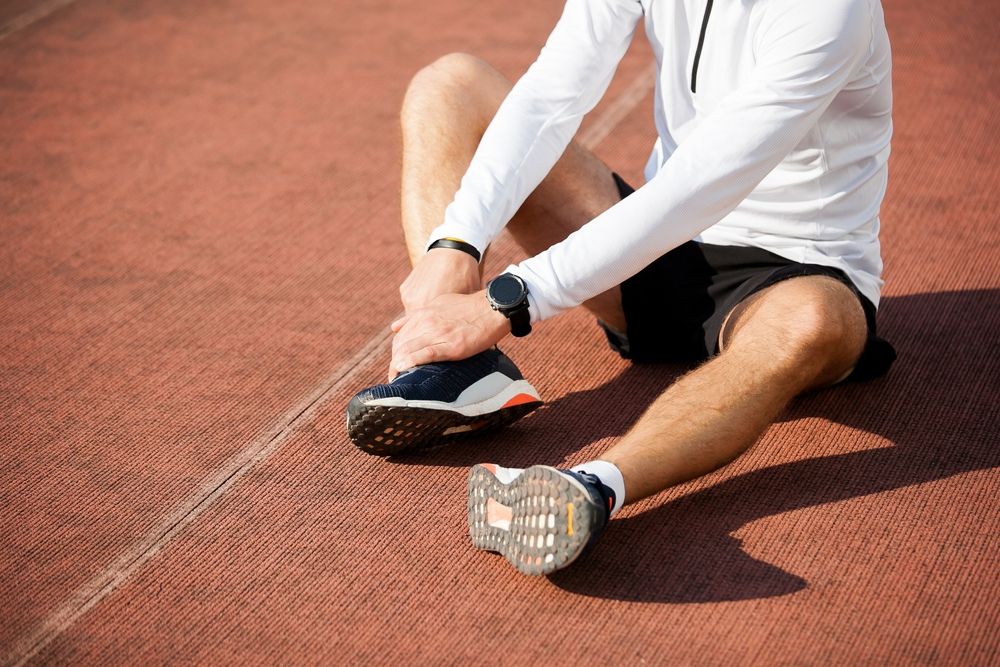
Shockwave therapy is a non-invasive treatment that uses high-energy sound waves to stimulate the body’s natural healing process. It has been shown to be effective in treating a range of musculoskeletal conditions, including those commonly experienced by runners.
Findings from a large case cohort from the Harvard Medical School have shown that majority of runners (79%)with lower-extremity overuse injuries respond favourably to shockwave, including proximal (hip) and distal (foot and ankle) injuries (Mitchkash et al, 2020).
However, not all shockwave therapy is created equal. The key is to use the right protocol, after-care and combination of intensity, frequency, and duration to achieve optimal results. By fine-tuning your approach, you can help your runners with injuries and get back to doing what they love.
Plantar fasciitis
As a therapist, you know first-hand just how frustrating plantar fasciitis can be for runners. The sharp, stabbing pain in the heel and arch of the foot can make even the simplest of movements excruciating, hindering your patients’ ability to run and perform other activities. Radial shockwave therapy can be used to stimulate blood flow to the area and reduce inflammation, while focused shockwave therapy can target the specific area of the fascia that is causing the pain.
Achilles tendinopathy
Achilles tendinopathy is another common running injury that can be treated with shockwave therapy. This painful running injury can be stubborn and difficult to manage, often requiring prolonged rest and rehabilitation to achieve lasting relief. However, shockwave therapy offers a promising alternative that can accelerate the healing process and help your patients get back on their feet faster versus traditional treatment, as shown in this high-quality trial (Rompe et al, 2009).
Shin splints
This running injury is common in novice runners and can be a frustrating and debilitating experience, making it difficult for your patients to stay active and reach their goals. In fact, it is one of the most common reasons for novice runners to discontinue running. Shin splints are characterised by pain in the lower leg and can be caused by overuse or poor biomechanics. Shockwave therapy can be used to reduce inflammation and stimulate blood flow to the affected area, helping to speed up the healing process and early return to running as shown in this trial by Moen et al (2012).
Patellar tendinopathy
Patellar tendinopathy, also known as jumper’s knee, is a common injury among runners. Shockwave therapy can be used to break up scar tissue and stimulate the body’s natural healing process. Focused shockwave therapy can also be used to target the specific area of the patellar tendon that is causing the pain.
Hip pain
Hip pain is a common complaint among runners and can be caused by a range of issues, including gluteal tendinopathy, bursitis and hip impingement. Shockwave therapy can be used to stimulate blood flow to the affected area, reduce inflammation, and promote healing. Focused shockwave therapy can reach this deeper region.
Proximal hamstring injuries
Proximal hamstring injuries, which involve the upper part of the hamstring muscle, can be particularly challenging to treat. Rehab of this injury is no walk in the park. This complex and challenging injury can take many months to heal, often requiring a multi-pronged approach that incorporates load management and graded loading. However, addition of shockwave therapy can lead to improved outcomes and has been shown to be a safe and effective treatment modality for patients with chronic proximal hamstring tendinopathy (Cacchio et al, 2011).

